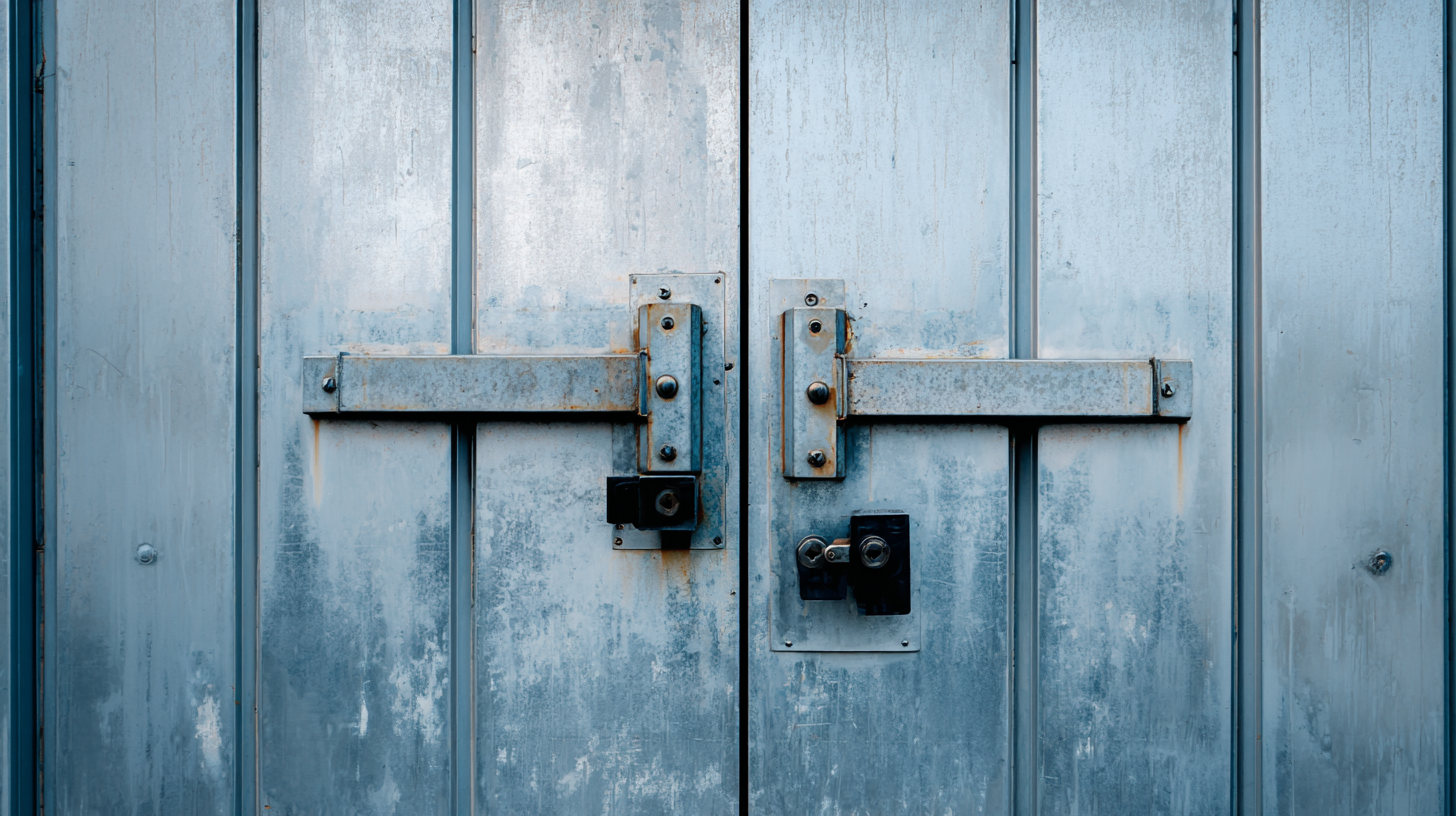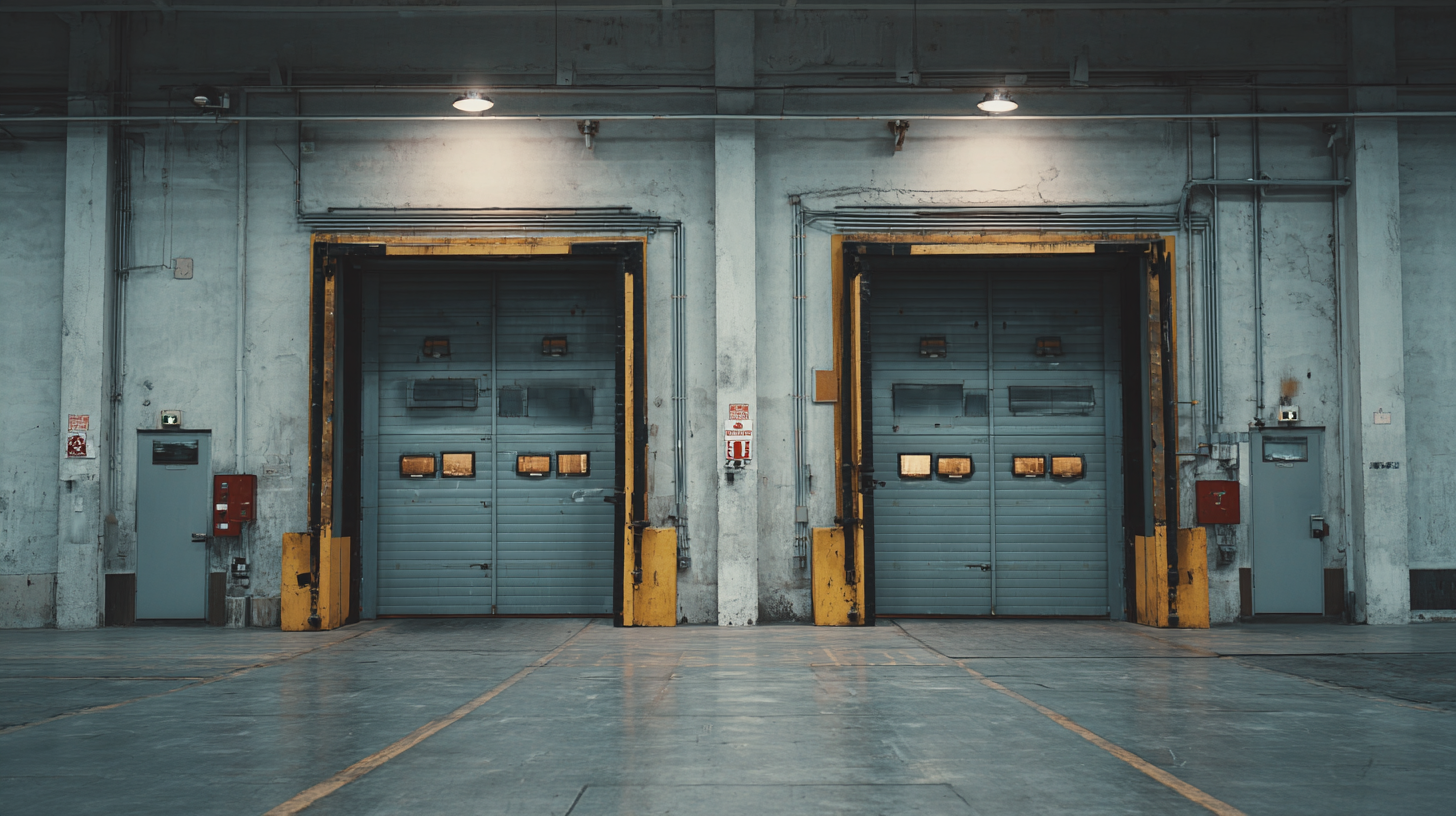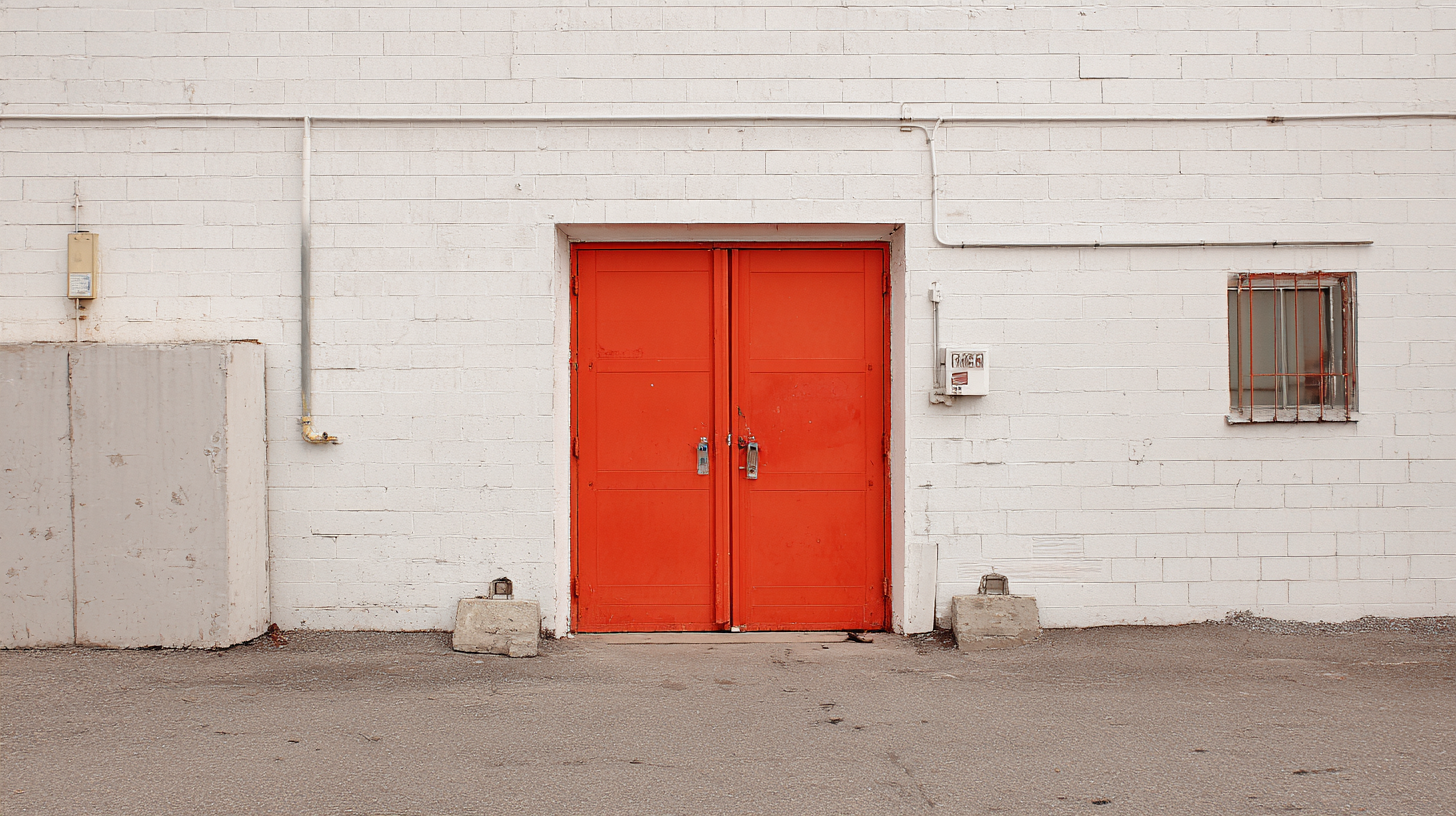Ultimate Guide to Choosing the Best Metal Doors for Your Facility
When it comes to securing your facility, choosing the right entry points is crucial, and metal doors stand out as a top option for durability and strength. The Ultimate Guide to Choosing the Best Metal Doors for Your Facility aims to navigate you through the essential considerations, helping you make an informed decision.

Metal doors not only offer superior security and longevity but also come with a variety of aesthetic and functional options tailored to meet diverse needs. In this guide, we will delve into the advantages of after-sales service and maintenance costs associated with metal doors, alongside practical tips on how to choose the best fit for your establishment.
Whether you're a business owner looking to enhance security or simply interested in understanding the attributes of metal doors, this comprehensive resource will equip you with the knowledge needed to make the best choice for your facility.
Understanding the Types of Metal Doors: A Guide for Facility Managers
When it comes to securing a facility, choosing the right metal door is essential. Facility managers should start by understanding the different types of metal doors available, which include hollow metal doors and steel doors. Hollow metal doors are often preferred for their strength and durability, making them ideal for high-security areas. They can be customized with various core materials for improved insulation and soundproofing, catering to the specific needs of the facility.
Additionally, facility managers must consider the door's finish and coating. Doors with weather-resistant coatings are crucial for outdoor applications, while high-traffic areas may benefit from doors with anti-scratch finishes. A thorough evaluation of each door's unique attributes, including fire ratings and resistance to forced entry, will ensure optimum safety and functionality. By understanding the various types of metal doors and their specific applications, facility managers can make informed choices that enhance the overall security and efficiency of their premises.
Ultimate Guide to Choosing the Best Metal Doors for Your Facility
| Door Type | Material | Applications | Features |
|---|---|---|---|
| Hollow Metal Doors | Steel | Commercial Buildings, Warehouses | Durable, Fire Rated, Security |
| Corrugated Metal Doors | Galvanized Steel | Storage Facilities, Factories | Weather Resistant, Customizable |
| Fiberglass Reinforced Doors | Fiberglass with Steel Core | Food Processing, Chemical Plants | Corrosion Resistant, Maintenance-Free |
| Blast-Resistant Doors | Steel | Ammunition Storage, Military Facilities | High Impact Resistance, Security |
| Acoustic Doors | Steel with Soundproofing Core | Recording Studios, Libraries | Sound Dampening, Heavy Insulation |
Key Factors to Consider When Choosing Metal Doors for Security and Durability
 When selecting metal doors for your facility,
two critical factors to prioritize are security and durability.
Security is often the foremost concern, especially in commercial and industrial settings. Opt for doors made from high-gauge steel,
which provides enhanced resistance to impacts and forced entry. Additionally, features like secure locking mechanisms and anti-pry frames can further bolster the security
of the entry points. These elements work in tandem to deter unauthorized access while ensuring the safety of your premises and personnel.
When selecting metal doors for your facility,
two critical factors to prioritize are security and durability.
Security is often the foremost concern, especially in commercial and industrial settings. Opt for doors made from high-gauge steel,
which provides enhanced resistance to impacts and forced entry. Additionally, features like secure locking mechanisms and anti-pry frames can further bolster the security
of the entry points. These elements work in tandem to deter unauthorized access while ensuring the safety of your premises and personnel.
Equally important is the durability of the metal doors, which can significantly affect the long-term cost and maintenance of your facility. Look for doors that have a
corrosion-resistant finish, such as galvanized or powder-coated options, which can withstand harsh weather conditions
and everyday wear and tear. Furthermore, consider the door's insulation properties, as this can improve energy efficiency
and reduce heating and cooling costs. By focusing on these key factors, you can choose metal doors that not only enhance security but also stand the test of time in your environment.
Energy Efficiency and Insulation Ratings for Metal Doors: What You Need to Know
When selecting metal doors for your facility, understanding energy efficiency and insulation ratings is crucial not just for comfort but also for cost savings. According to the U.S. Department of Energy, well-insulated doors can prevent heat loss resulting in energy savings of up to 15%. The insulation ratings for metal doors are typically indicated by their R-value, with higher values signifying better thermal resistance. Look for doors with an R-value of at least 5 for exterior applications, especially in regions with extreme weather conditions.
To ensure maximum energy efficiency, consider door types such as hollow metal doors, which often contain polystyrene or polyurethane foam insulation, providing superior thermal performance. Additionally, Energy Star-certified doors are more efficient and can contribute to lower utility bills and enhanced comfort.
Tips:
- Always check the insulation standards set by local building codes to ensure compliance and safety.
- Consider the door’s air leakage rating; less air infiltration can significantly enhance overall energy performance.
- Regular maintenance, like sealing gaps and checking for wear, can help maintain the door’s insulation properties over time.
Compliance and Safety Standards in Metal Door Installation: Ensuring Your Facility Meets Regulations
When choosing metal doors for your facility, understanding and adhering to compliance and safety standards is crucial. The Fire Safety (England) Regulations 2022 specifically highlight the importance of proper fire door installation, emphasizing that these doors are vital components of an effective fire safety strategy. Properly installed fire doors can significantly impede the spread of fire and smoke, offering essential protection for occupants and assets. It’s essential for facility managers to ensure that their fire doors not only comply with legal requirements but also function efficiently to enhance overall safety.
In addition to compliance with fire safety regulations, facility managers must also consider other safety standards. Approved Document B underscores that all new buildings should be equipped with smoke alarms that meet specific criteria, ensuring early warning in case of a fire. Furthermore, building permits play a pivotal role in the construction process, enforcing adherence to safety standards and guidelines. As facility owners and managers navigate the selection of metal doors, integrating these compliance aspects into their planning will not only meet regulatory demands but also provide a secure environment for all building occupants.
Compliance and Safety Standards in Metal Door Installation
Cost Analysis: Evaluating the Long-Term Value of Quality Metal Doors for Your Facility
When considering metal doors for your facility, conducting a thorough cost analysis is essential to fully evaluate their long-term value. While the initial investment might be higher than other materials, factors such as durability, maintenance costs, and energy efficiency can significantly impact your overall expenses over time. Quality metal doors typically offer superior resistance to wear and environmental conditions, potentially saving you on repairs and replacements in the long run.
**Tips:** Always factor in the lifecycle cost, including installation, maintenance, and energy usage, rather than just the purchase price. Investing in high-quality metal doors means fewer replacements, which translates into reduced labor and material costs over the years.
Another key consideration is energy efficiency. High-quality metal doors often feature insulation options that help stabilize indoor temperatures, leading to lower heating and cooling bills.
**Tips:** Look for doors with good insulation ratings and inquire about any energy-efficient features they may include. By prioritizing such investments, you not only enhance the functionality of your facility but also contribute to substantial cost savings in the future.


